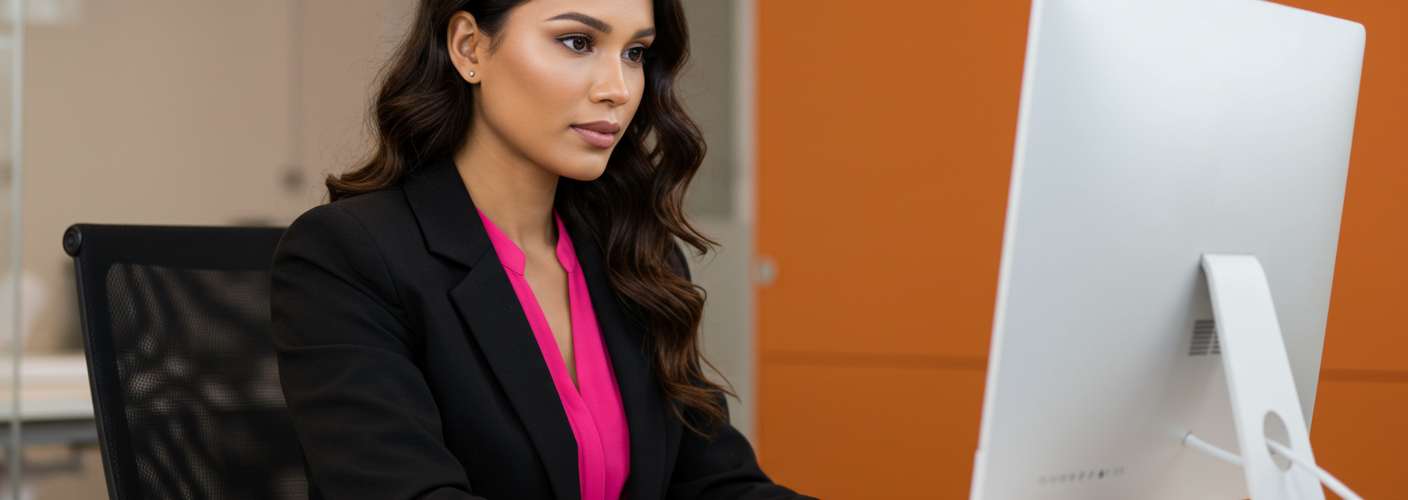Windows 11 has introduced several visual updates and enhancements to its user interface, making it more modern and user-friendly. However, as with any operating system update, users might encounter unexpected issues, one of which is the persistent black bar that can appear in File Explorer. This black bar can cause substantial inconvenience, obstructing the view of files and folders, and making it harder to navigate the system efficiently. Fortunately, removing this black bar is possible through a few straightforward troubleshooting steps.
The black bar often appears as a glitch or rendering issue related to the system’s graphics settings or display configurations. It can manifest in various ways, including distractions in the form of graphical artifacts or visual overlays that do not belong to Windows’ default layout. Below, we will outline several methods to help you remove the black bar from File Explorer in Windows 11.
Before diving into potential solutions, it’s crucial to confirm that your Windows 11 is up to date. Microsoft frequently releases updates that address bugs and improve system performance. Therefore, start by checking for updates by following these steps:
- Click on the Start menu and select Settings (the gear icon).
- Choose Windows Update from the left sidebar.
- Click on Check for updates and install any available updates.
Once your system is updated, it’s time to explore additional options for resolving the black bar issue.
One common cause of the black bar in File Explorer can be attributed to outdated or corrupted graphics drivers. Graphics drivers are essential for the proper functioning of your display. Here’s how to check and update your graphics drivers:
- Right-click on the Start menu and select Device Manager.
- Expand the Display Adapters section to locate your graphics card.
- Right-click on your graphics card and select Update Driver.
- Choose Search automatically for drivers. Windows will search for available driver updates online.
If an update is found, install it and restart your computer to see if the black bar issue is resolved.
Another approach involves disabling hardware acceleration, as some users have reported that this can lead to rendering issues, including the appearance of the black bar. Here’s how to disable hardware acceleration in Windows 11:
- Open the Settings app by right-clicking on the Start menu and selecting Settings.
- Navigate to the System section and then select Display.
- Scroll down and click on Graphics settings.
- Under Hardware-accelerated GPU scheduling, toggle the switch to the Off position.
After disabling hardware acceleration, restart your PC and check if the issue persists.
If the problem continues, you can try resetting the File Explorer settings to their defaults. This action can often resolve various glitches, including the persistent black bar. Here’s how to reset File Explorer settings:
- Open the File Explorer window.
- Click on the View option at the top of the window, then navigate to Options.
- In the Folder Options window, look for the View tab.
- Click on Restore Defaults to revert any modified settings.
After restoring defaults, click Apply and then OK. Check if the black bar still appears in File Explorer.
In some cases, third-party applications or shell extensions may interfere with the normal operation of File Explorer, resulting in the persistently visible black bar. To determine if these applications are the root cause, try running Windows in Safe Mode. Safe Mode starts Windows with a minimal set of drivers and services. Here’s how to access Safe Mode:
- Press the Windows key + R to open the Run dialog box.
- Type msconfig and press Enter.
- In the System Configuration window, navigate to the Boot tab.
- Check the Safe boot option, then select Minimal.
- Click OK and restart your PC.
Upon rebooting in Safe Mode, navigate to File Explorer and check for the black bar. If the issue is gone, it indicates that a third-party application is likely causing the problem. You can revert back to normal startup by unchecking the Safe boot option in the System Configuration tool.
Lastly, if none of these solutions have worked, consider performing a System File Check (SFC) to ensure that none of your essential system files are corrupted. To do this, follow the steps below:
- Right-click on the Start menu and select Windows Terminal (Admin) or Command Prompt (Admin).
- In the command prompt, type the command sfc /scannow and press Enter.
- The System File Checker will begin scanning your system for corrupted files and attempt to repair them automatically.
After the scan is completed, restart your computer and check if the black bar issue in File Explorer has been resolved.
Addressing visual glitches like the black bar in File Explorer can be frustrating, but with these steps, you can restore your Windows 11 system to its optimal visual state. Through careful updates, driver management, and system adjustments, most users can eliminate the black bar and enjoy a smooth user experience. If all else fails, reaching out to technical support or forums specific to Windows 11 can provide additional insights tailored to your unique situation.





Add comment